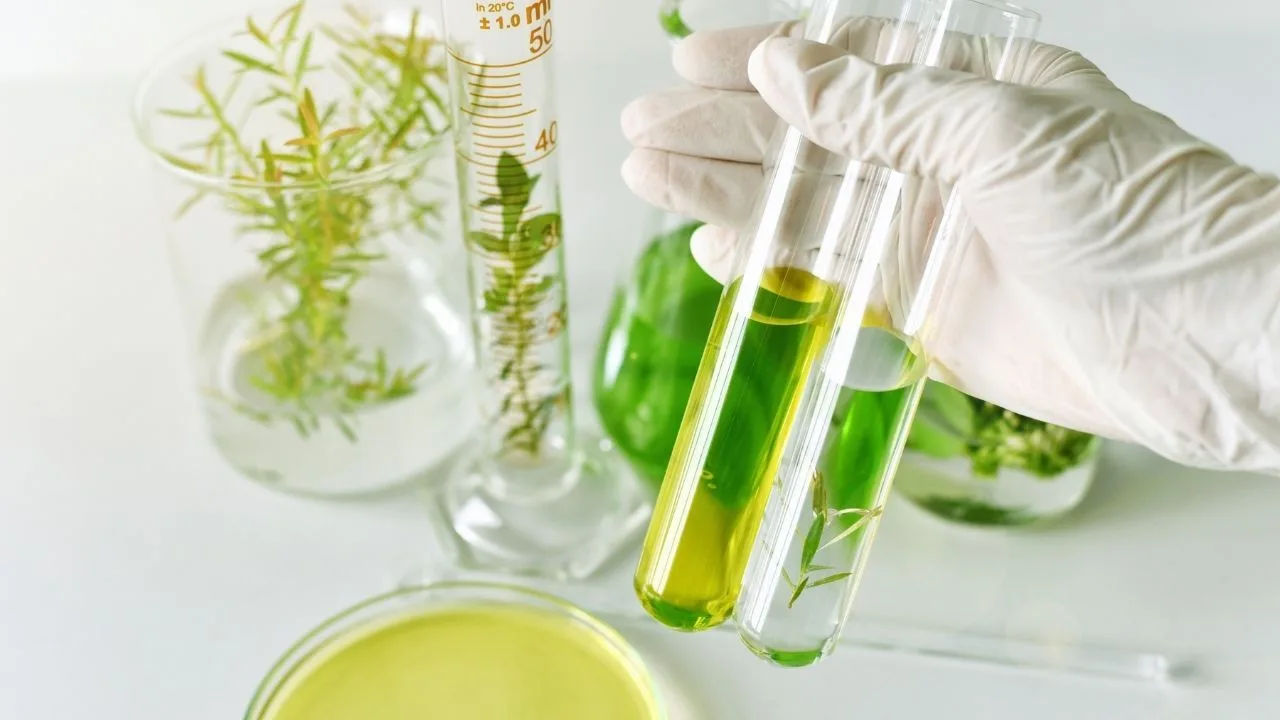Chemicals form the bedrock of our modern world, from the cleaning products under our sinks to the medicines that keep us healthy. While they offer countless benefits, they also present potential risks if not handled with care. Chemical safety, therefore, becomes an essential practice in every aspect of our lives.
Recognizing the Spectrum of Chemical Hazards
Chemicals come in various forms, each with its own hazard profile. Some, like bleach or ammonia, are acutely toxic, meaning they can cause immediate harm upon contact. Others, like certain pesticides or endocrine disruptors, pose chronic health risks that may manifest over time. Additionally, chemicals can be flammable, corrosive, or explosive, further adding to the potential dangers.
Understanding the specific hazards associated with each chemical is crucial for safe handling. This information is typically found on Safety Data Sheets (SDS), readily available for most commercially available chemicals. By knowing the hazards, we can take appropriate precautions, such as wearing personal protective equipment (PPE) or ensuring proper ventilation.
Building a Culture of Safety in Everyday Life
Chemical safety isn’t limited to industrial settings. Our homes are filled with numerous potentially hazardous chemicals, from cleaning products to medications. Here are some key practices for safe chemical use in everyday life:
- Read and understand labels: Always read the label before using any chemical product. Pay attention to hazard warnings, instructions for use, and first-aid measures.
- Store chemicals properly: Store chemicals in their original containers, securely sealed and out of reach of children and pets. Choose cool, dry, and well-ventilated storage areas away from heat sources.
- Use personal protective equipment (PPE): When handling potentially harmful chemicals, wear appropriate PPE like gloves, goggles, and masks, as recommended on the label.
- Never mix chemicals: Combining different chemicals can create unexpected and dangerous reactions. Stick to using them individually as intended.
- Dispose of chemicals responsibly: Never pour chemicals down the drain or dispose of them in the trash. Follow specific disposal instructions on the label or consult local regulations for hazardous waste disposal.
Beyond Personal Safety: Environmental Responsibility
Chemical safety extends beyond protecting ourselves; it encompasses safeguarding the environment as well. Improper disposal of chemicals can contaminate soil, water, and air, impacting ecosystems and human health. By following responsible disposal practices and choosing less harmful alternatives whenever possible, we contribute to a healthier planet.
Looking Ahead: A Collaborative Approach to Chemical Safety
Chemical safety is an ongoing journey, requiring continuous research, development, and regulatory frameworks. Collaboration between governments, industries, and individuals is crucial. Implementing stricter regulations on chemical production and use, developing safer alternatives, and promoting public awareness are key steps towards a future where chemicals benefit us without compromising our health and the environment.
Remember, every action we take, from reading labels carefully to disposing of chemicals responsibly, contributes to a safer world for ourselves and future generations. By understanding the risks and practicing responsible chemical handling, we can navigate the world of chemicals with confidence and create a more sustainable future for all.













